This stir-fried rice noodles with pork is one of the recipes we made at the Baipai Thai Cooking School in Bangkok when we were there on holiday in February 2018! This was one of our favourite dishes out of all the recipes we made.
The pork is lovely and tender, and combined with kale or cavalo nero and perfectly seasoned noodles, it's a delicious quick dish to enjoy any night of the week.
Tip
- This stir-fried rice noodles with pork recipe is easily adapted if you’re cooking for less or more people - it was a portion for 1 that we made at the cooking school.
Recent New Recipes
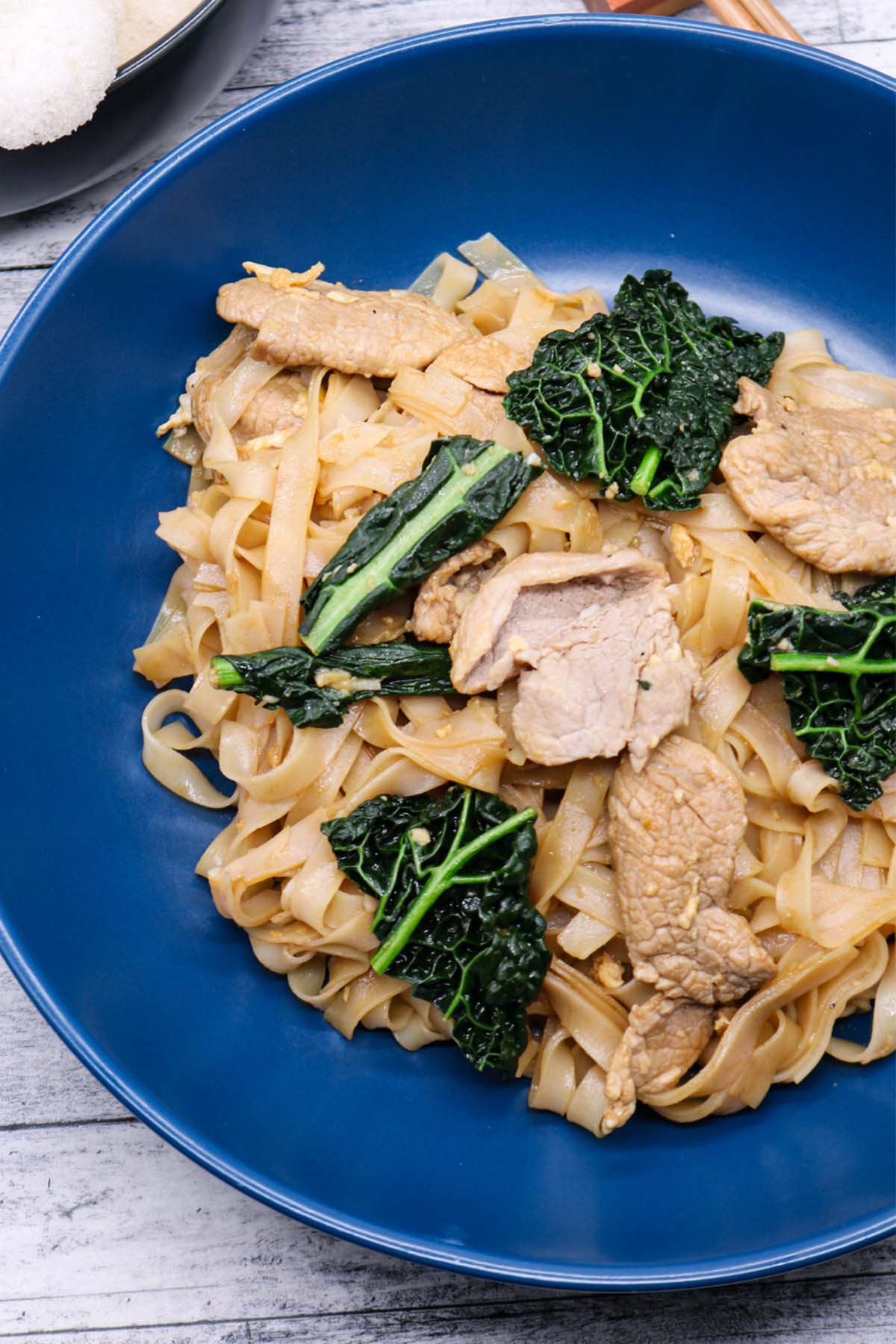

Category Spotlight...
CHRISTMAS
On here you'll find loads of delicious recipes, including ideas for gifting. Do you know what sides you want to make for the big day or over the festive season? There's so many to pick from and I always make too much!!
How to make this Stir-Fried Rice Noodles with Pork
Ingredients
- 200g wide rice noodles
- 2 tbsp vegetable oil
- 200g pork fillet, thinly sliced
- 4 stalks kale or cavalo nero, cut into 5cm pieces
- 2 eggs, beaten
- 2 cloves garlic, roughly chopped
For the seasoning:
- 1 tsp dark soy sauce
- 3 tsp light soy sauce
- 4 tsp seasoning soy sauce
- 4 tsp sugar
Instructions
- Cook the noodles according to the packet instructions. Drain and rinse in cold water.
- Mix all of the seasoning ingredients together in a bowl, add the noodles and mix to coat, then set aside.
- Place a wok over a medium heat with half of the vegetable oil. Add the pork and stir-fry for 1.5 minutes, until it’s half cooked.
- Add the chopped garlic, stir to mix with the pork, then add the kale or cavalo nero and stir-fry for 2 minutes, until cooked.
- Then add the noodles and mix well.
- Move the noodle and pork mixture over to one side of the work. Pour the rest of the oil into the other side of the wok and then add the beaten eggs. Spread the egg around until partially cooked (approx. 1 minute). Stir the egg into the pork and noodle mixture.
- Serve in 2 bowls and enjoy!


Recipe Collection Spotlight...
8 FESTIVE SIDES
I don't know about you, but I ALWAYS make too many side dishes on Christmas Day...I can't help myself, we have too many favourites!! This collection has 8 festive sides for you to make and enjoy...and remember, it's always good to have leftovers!!
Did you make this recipe?
I’d love to hear how it went…both good and bad!
Please go to the bottom of the page to rate the recipe and/or leave your comments.
⭐⭐⭐⭐⭐
It would also be great if you could take a photo and tag #FellyBull on social media, thanks.
Subscribe to receive our new and highlighted recipes in your email inbox each week...plus receive our new e-Cookbook for free!!!
✉️

Stir-Fried Rice Noodles with Pork
Ingredients
- 200 g (7.1 oz) wide rice noodles
- 2 tbsp vegetable oil
- 200 g (7.1 oz) pork fillet thinly sliced
- 4 stalks kale or cavalo nero cut into 5cm pieces
- 2 eggs beaten
- 2 cloves garlic roughly chopped
For the seasoning:
- 1 tsp dark soy sauce
- 3 tsp light soy sauce
- 4 tsp seasoning soy sauce
- 4 tsp sugar
Instructions
- Cook the noodles according to the packet instructions. Drain and rinse in cold water.
- Mix all of the seasoning ingredients together in a bowl, add the noodles and mix to coat, then set aside.
- Place a wok over a medium heat with half of the vegetable oil. Add the pork and stir-fry for 1.5 minutes, until it’s half cooked.
- Add the chopped garlic, stir to mix with the pork, then add the kale or cavalo nero and stir-fry for 2 minutes, until cooked.
- Then add the noodles and mix well.
- Move the noodle and pork mixture over to one side of the work. Pour the rest of the oil into the other side of the wok and then add the beaten eggs. Spread the egg around until partially cooked (approx. 1 minute). Stir the egg into the pork and noodle mixture.
- Serve in 2 bowls and enjoy!
Notes
- This stir-fried rice noodles with pork recipe is easily adapted if you’re cooking for less or more people - it was a portion for 1 that we made at the cooking school.
You might also like to try:
Nutrition
Nutrition information is automatically calculated, so should only be used as an approximation.

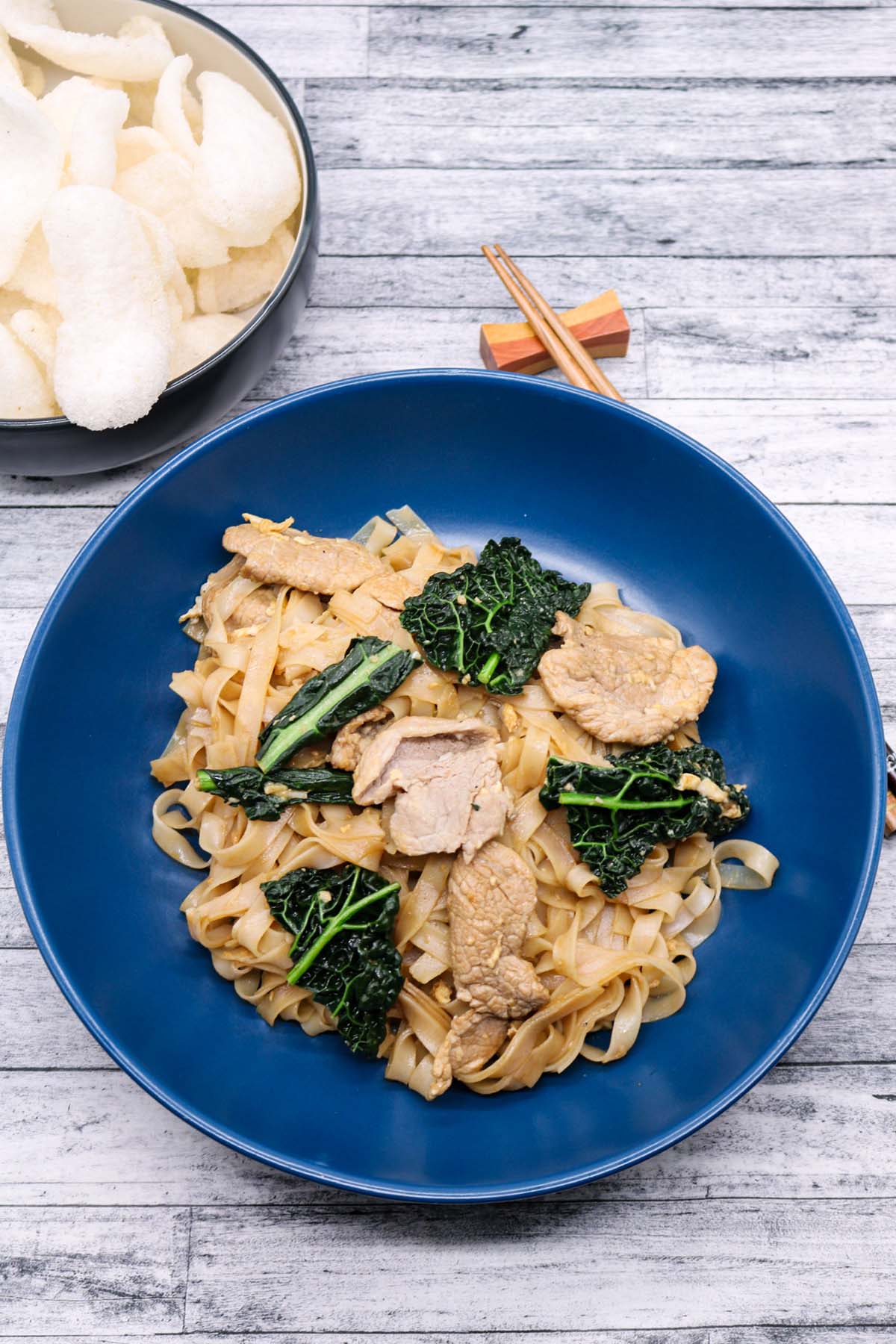



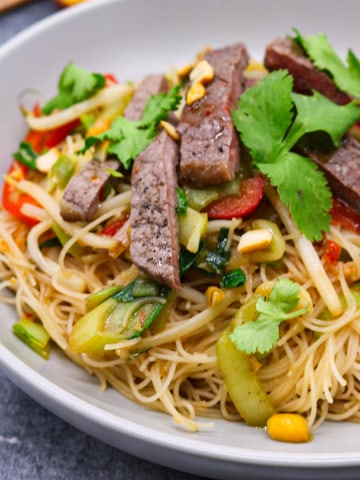
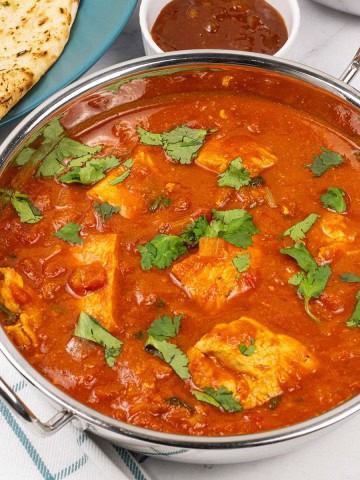

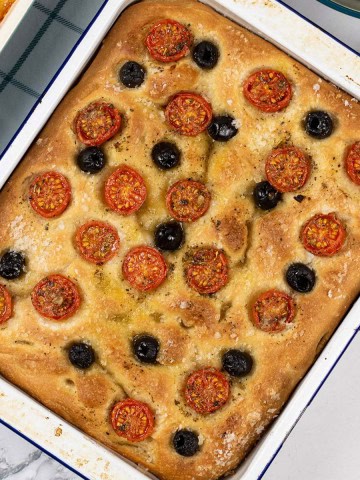





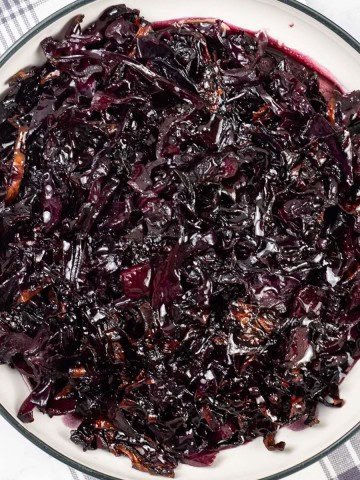
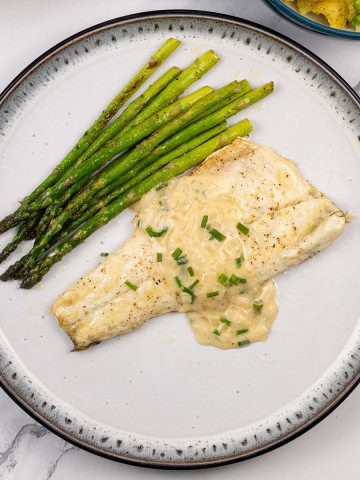
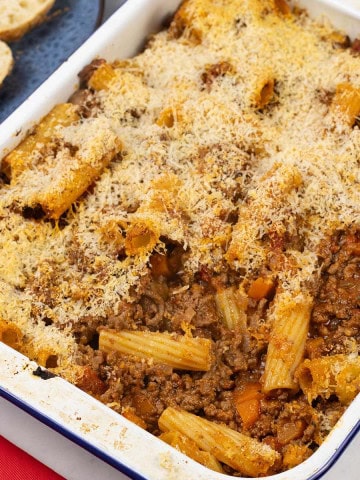
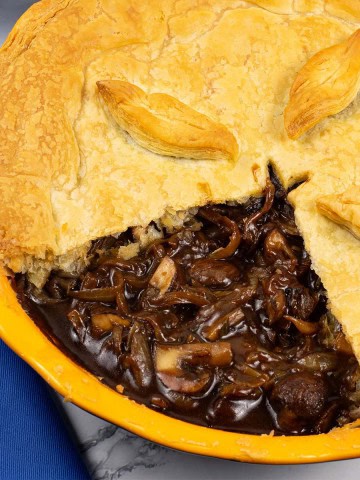
LEAVE A COMMENT AND RATE THIS RECIPE